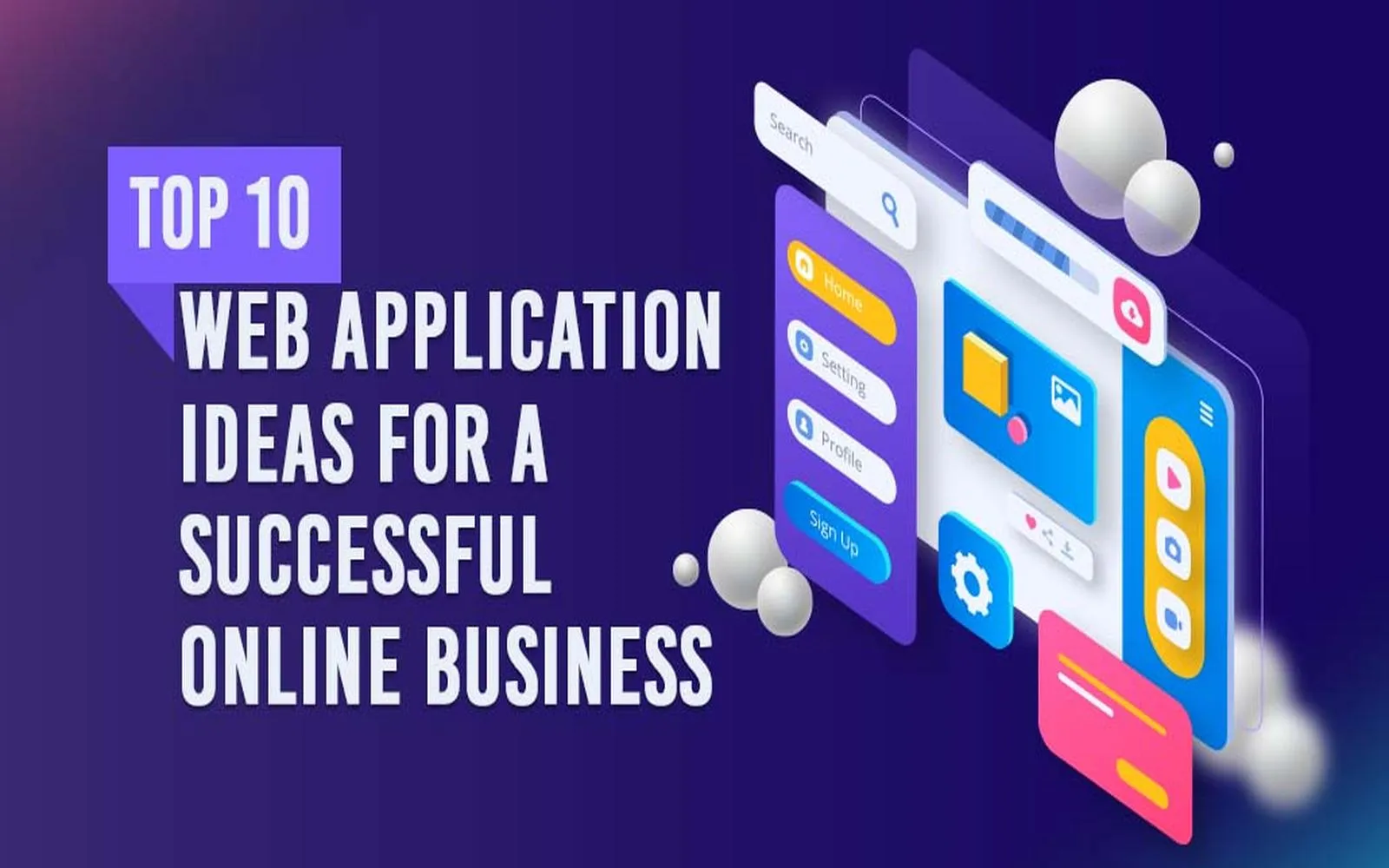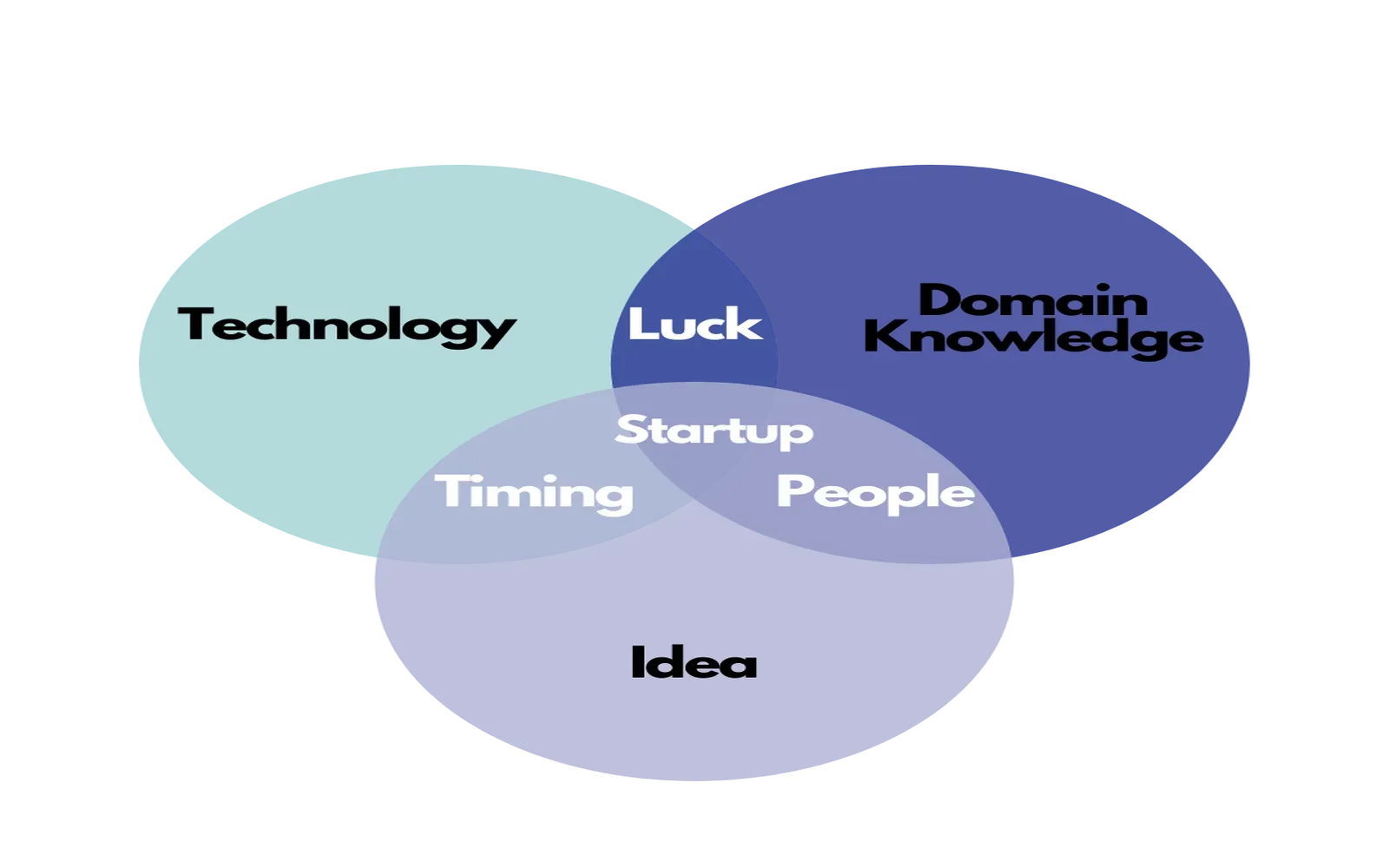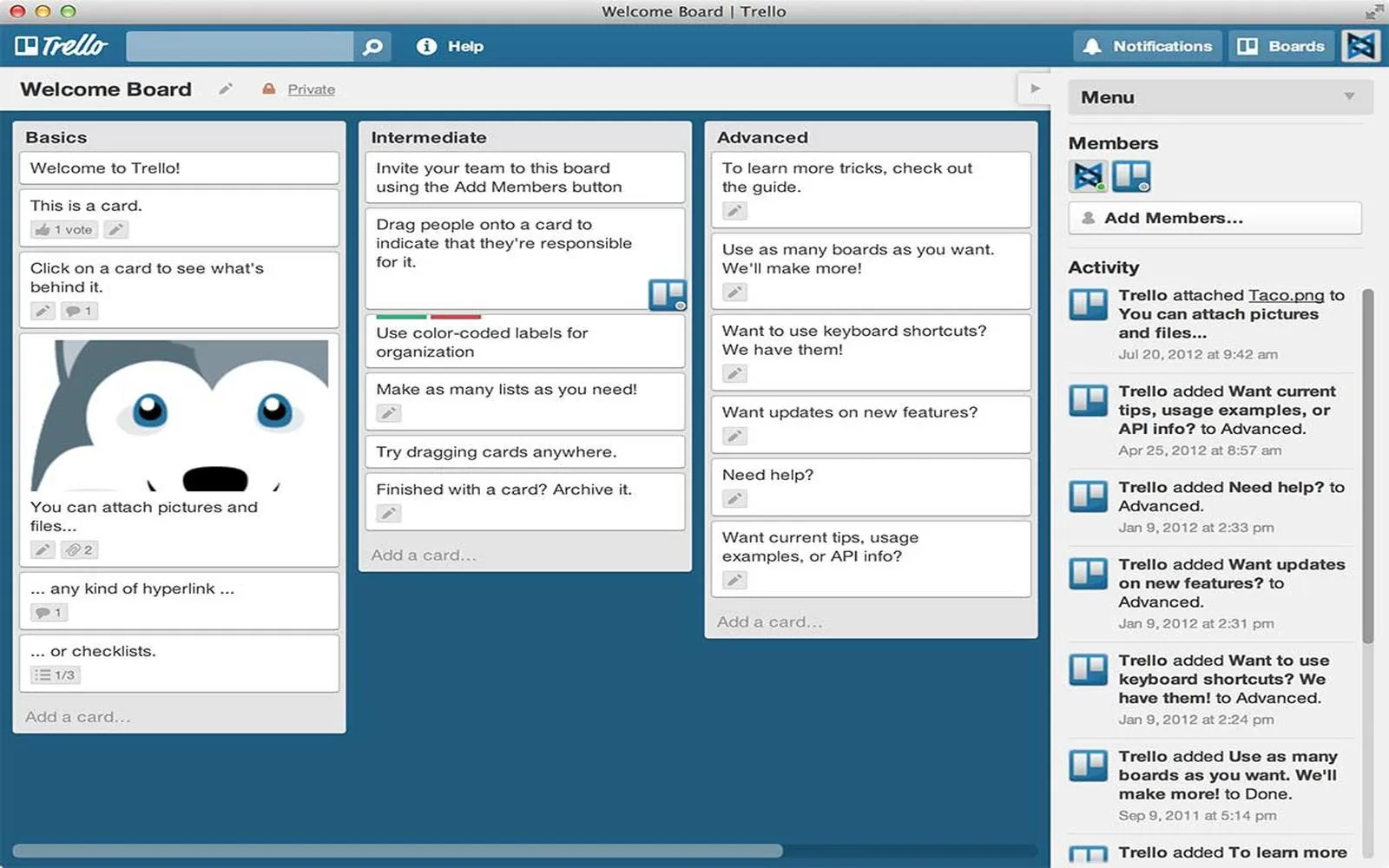Transitioning from a blog to an eBook can be an exciting journey. Whether you’re looking to consolidate your blog content or delve into a new topic, transforming your ideas into an eBook can establish you as an authority in your field. Here’s a comprehensive guide to help you navigate through the process of writing, editing, and publishing your first eBook.
Step 1: Choosing Your Topic
The first step in writing your eBook is selecting a topic that resonates with your audience. Consider the following:
- What subjects do you frequently write about on your blog?
- What are your readers asking for more information on?
- Is there a gap in the market that your expertise can fill?
By answering these questions, you can identify a compelling topic that will engage your readers and provide value.
Step 2: Outlining Your eBook
A well-structured outline is essential for a cohesive eBook. Start by breaking down your main topic into chapters or sections. Here’s a simple outline structure:
| Chapter | Key Points |
|---|---|
| 1. Introduction | Introduce the topic and its importance. |
| 2. Chapter One | Detailed exploration of the first key point. |
| 3. Chapter Two | Continuation of the discussion with more insights. |
| 4. Chapter Three | Wrap up the discussions and provide practical applications. |
| 5. Conclusion | Summarize key takeaways and encourage further action. |
Step 3: Writing Your eBook
Once you have your outline, it’s time to start writing. Here are some tips to keep in mind:
- Set a writing schedule: Consistency is key. Dedicate specific time blocks to write each week.
- Write freely: Don’t worry about perfection in the first draft. Focus on getting your ideas down.
- Engage your audience: Use anecdotes and examples to make your content relatable.
Remember, your eBook should maintain the same voice and style that your readers love in your blog.
Step 4: Editing Your eBook
Editing is a crucial step in the writing process. Here’s how you can effectively edit your eBook:
- Take a break: After finishing your first draft, step away for a few days. This will help you return with fresh eyes.
- Self-edit: Read through your eBook and make notes on areas that need clarification or enhancement.
- Get feedback: Share your draft with trusted friends or colleagues and ask for their honest opinions.
- Consider a professional editor: Hiring an editor can provide valuable insights and help refine your manuscript.
Step 5: Designing Your eBook
The design of your eBook plays a significant role in how it’s perceived. Ensure that your eBook is visually appealing and easy to read. Here are some design elements to consider:
- Cover design: Create a professional-looking cover that reflects the content and invites readers in.
- Formatting: Make sure your eBook is well-formatted for different devices, including tablets and eReaders.
- Images and charts: Incorporate visuals to break up text and illustrate key points.
Step 6: Publishing Your eBook
With your eBook written, edited, and designed, it’s time to publish. Here are some popular platforms for self-publishing:
- Amazon Kindle Direct Publishing (KDP): A popular choice for independent authors.
- Smashwords: A platform that distributes to multiple eBook retailers.
- Apple Books: Ideal for reaching Apple users.
Make sure to read the publishing guidelines for each platform to ensure your eBook meets their requirements.
Step 7: Marketing Your eBook
Once your eBook is published, it’s time to promote it. Here are some strategies to consider:
- Leverage your blog: Write a blog post announcing your eBook and include links to purchase it.
- Utilize social media: Share snippets, quotes, and behind-the-scenes content to create buzz.
- Email marketing: Send out newsletters to your subscribers to inform them about your eBook.
Conclusion
Creating an eBook can be a rewarding experience that not only allows you to share your knowledge but also enhances your credibility as a writer. By following this complete guide, you’ll be well on your way to transforming your blog content into a published eBook that resonates with your audience. Remember to stay organized, seek feedback, and continuously engage with your readers throughout the process.





